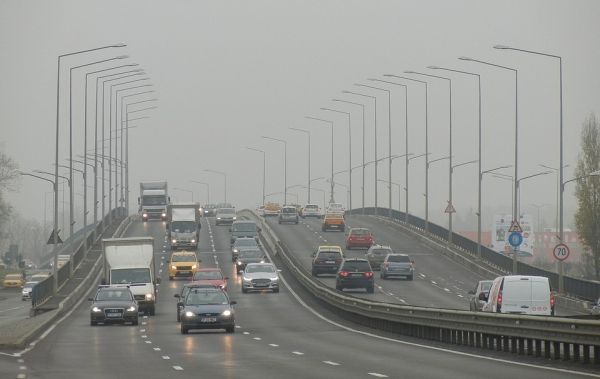A new study led by researchers at UC San Francisco has found that among older Americans with cognitive impairment, the greater the air pollution in their neighborhood, the higher the likelihood of amyloid plaques – a hallmark of Alzheimer’s disease. The study adds to a body of evidence indicating that pollution from cars, factories, power plants and forest fires joins established dementia risk factors like smoking and diabetes.
In the study, which appears in JAMA Neurology on Nov.30, 2020, the researchers looked at the PET scans of more than 18,000 seniors whose average age was 75. The participants had dementia or mild cognitive impairment and lived in ZIP codes dotted throughout the nation. The researchers found that those in the most polluted areas had a 10 percent increased probability of a PET scan showing amyloid plaques, compared to those in the least polluted areas.
When applied to the U.S. population, with an estimated 5.8 million people over 65 with Alzheimer’s disease, high exposure to microscopic airborne particles may be implicated in tens of thousands of cases.
“This study provides additional evidence to a growing and convergent literature, ranging from animal models to epidemiological studies, that suggests air pollution is a significant risk factor for Alzheimer’s disease and dementia,” said senior author Gil Rabinovici, MD, of the UCSF Memory and Aging Center, Department of Neurology and the UCSF Weill Institute for Neurosciences.
Read more at University of California - San Francisco
Photo Credit: Eu_eugen via Pixabay


